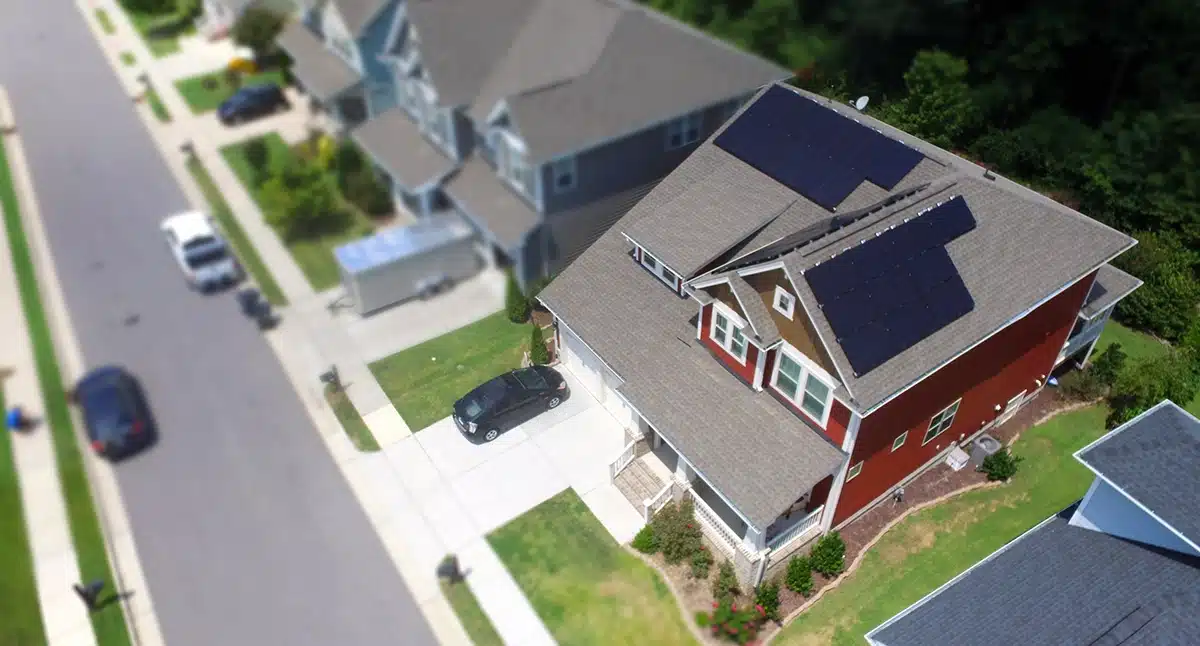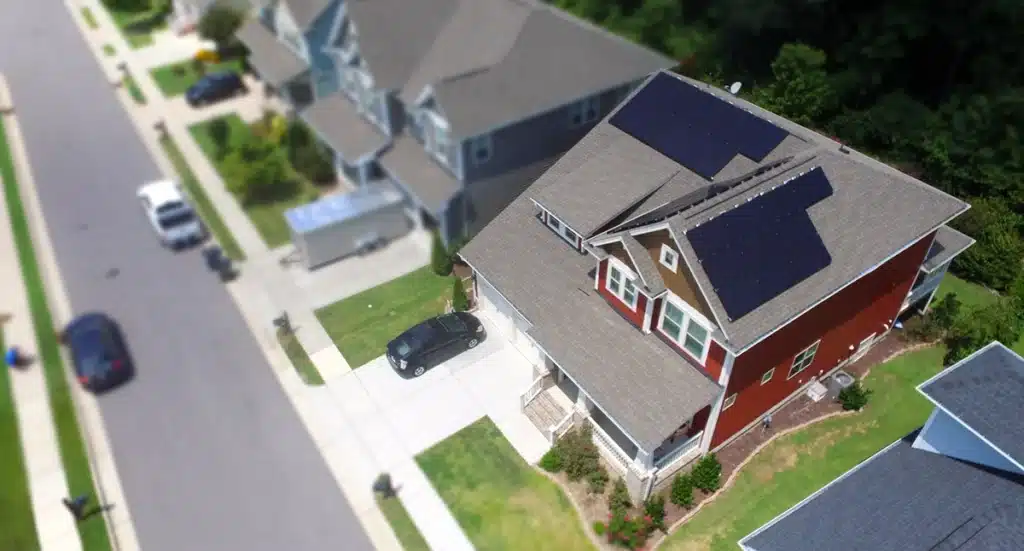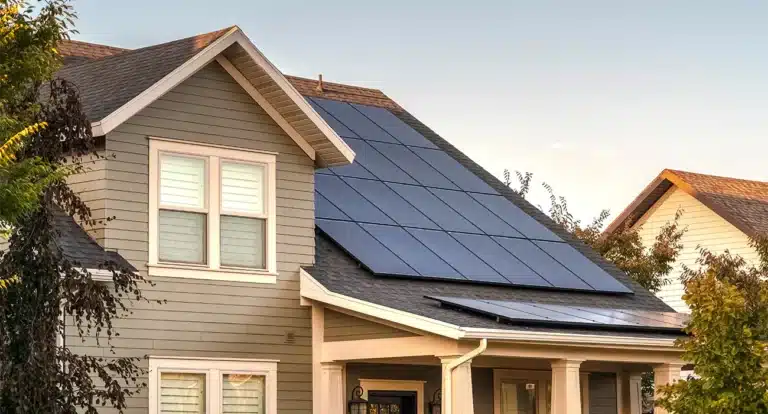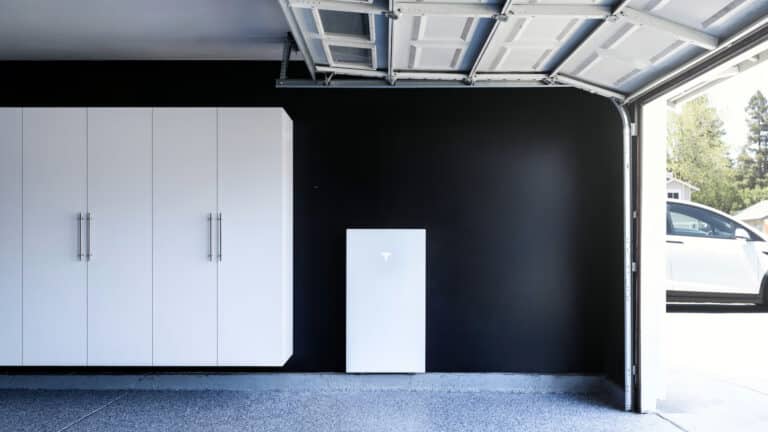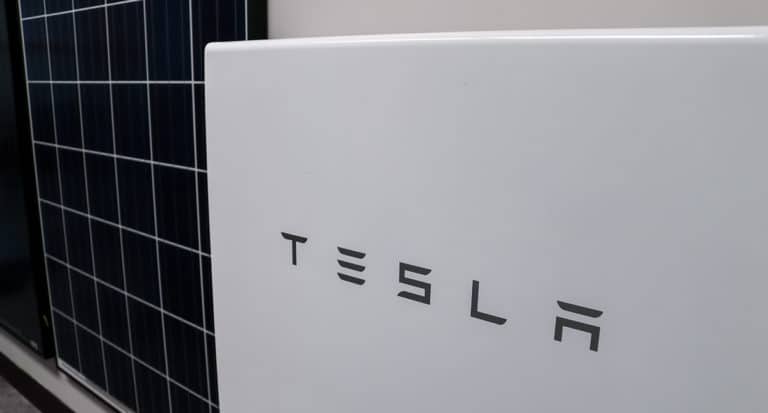What are the benefits of solar for electric vehicle charging?
Electric vehicles (EVs) are becoming increasingly popular due to their environmental benefits and lower long-term costs compared to traditional gasoline-powered cars or internal combustion engines (ICE). When combined with home solar, owners can greatly reduce their carbon footprint and save money on fuel and energy costs. Just ask Dave, our solar educator, who recently expanded his solar system and now runs both his home and EVs off of solar power – a zero-energy dream!

How does EV Charging work with solar?
It’s quite simple, especially if you’ve already taken a dive into our Solar 101 Journey to learn the basics of solar. 😉 Solar panels absorb the energy from sunlight which is then converted by a solar inverter into energy your home can use to power an electric vehicle charger in the garage. Need a refresher on the parts of a solar system and how solar works? Head over to our Solar 101 Resource Hub to learn more!
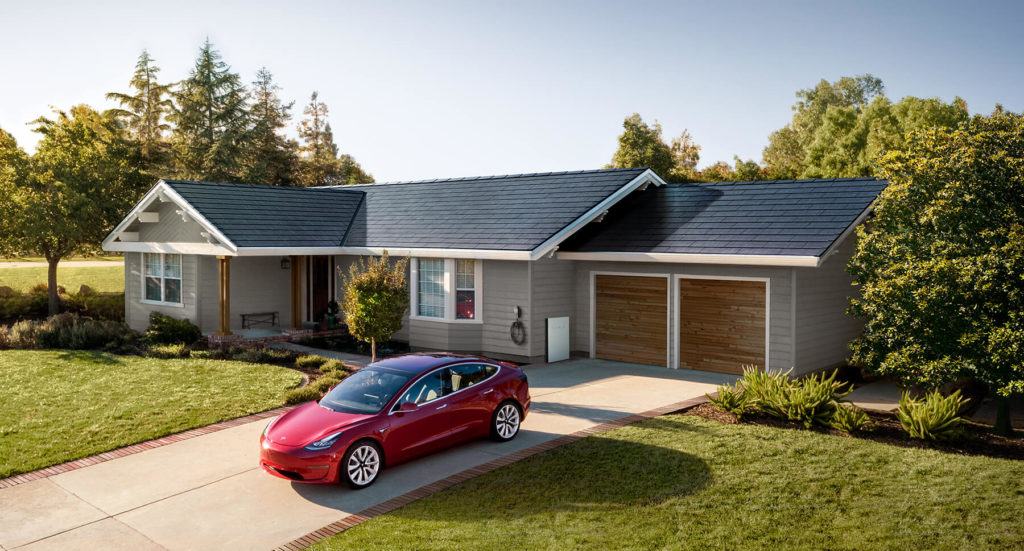
How to charge an EV with solar power
In order to charge your electric vehicle with solar power, you’ll need to have a solar system that is sized appropriately for your energy needs and goals, which if you’re reading this, will likely include electric vehicle charging. We design all of our systems to fit your energy needs, and this may include adding solar batteries, like the Tesla Powerwall. If you haven’t switched to an EV yet, we can design your system with those future energy needs in mind, or you can opt for a solar system expansion when the time comes. Either way, let your solar designer know what your current and future goals are and they’ll be happy to walk you through your options.
Here are some more factors to consider:
- Portable charger vs grid-tied system: Portable chargers for electric vehicles are simple and easy-to-use systems that allow you to plug in and charge from any accessible energy source. These are marketed as a helpful tool for when visiting relatives in a rural area with spotty accessibility to a charging station or for times when you want extra confidence that you’ll be able to charge up, like on your next camping trip. Grid-tied systems, on the other hand, integrate with your home’s solar system and offer more efficient power delivery. We typically recommend a grid-tied system at home so we can take a holistic approach to designing your solar system to include all the energy loads you want to cover. Grid-tied charging systems are more reliable and have the ability to communicate better with your solar + battery system as a whole. Fun fact: we have EV charging stations at our office in Raleigh for our team members to power their commute with the solar energy we produce on our building’s roof!
- Net Metered EV charging systems: For grid-tied systems on homes with a solar net metering interconnection policy (think Duke Energy customers), you can also take advantage of net metering to provide power for your EV. Net metering allows your grid-connected solar system to feed excess energy back to the electric grid for a credit against future electric bills. This way, you can effectively use the grid as a battery storage system for your extra solar energy and then use those credits to offset powering your EV. In North Carolina, Duke Energy is revising its net metering program, learn more here.
- TOU EV charging: EV charging under a Time-of-Use (TOU) electric rate structure is another great option for those looking to maximize efficiency and lower their electric bills. TOU rates vary based on the time of day with higher electricity rates for charging during high-demand (on-peak) hours and lower electricity rates during low-demand (off-peak) hours. So it pays to plan ahead and charge during off-peak hours when allowed by your utility.
Level up your EV charging game
New to the EV charging game? There are 3 levels of EV charging:
- Level 1: Plugging it straight into your normal garage outlet (you’ll want to sit back and power up Legend of Zelda: Tears of the Kingdom while you wait – this level of charging can take forever)
- Level 2*: An in-between that still connects to the outlet in your garage (this encompasses most standard home chargers and portable chargers)
- Level 3: DC fast chargers like all the Tesla stations in North Hills and some of the Electrify America stations you’ll see around
*A Level 2 charger is between 4 and 8 times faster than a Level 1 charger (depending on the type of charger and vehicle)
How do solar batteries come into play with EV charging?
To begin, with solar + battery storage, you have control over your energy production, meaning you are no longer at the mercy of power outages or rising utility rates!
Solar batteries, like the Tesla Powerwall, offer a convenient way to store excess energy produced by your solar panels for future use. With 2-3 Powerwalls, you can charge your electric vehicle while also backing up other loads in your home.
Charging a Tesla with Solar Power
Charging a Tesla EV with solar power has been a popular option among Tesla drivers. With solar and batteries, you can completely power your Tesla with clean energy that you are producing at home.
Charging a Tesla w/ solar vs. off the grid vs at a station
When looking into charging options for your Tesla vehicle, there are two key players – at home with solar and at a DC Fast Charging station locally. The choice will come down to your lifestyle and what kind of convenience you’d like to have. As for homeowners with solar, let us just say, knowing that you can drive up to your home, plug in and charge on your own renewable energy sounds pretty awesome to us.
Perks of powering your Tesla with Solar + Powerwall
Charging your Tesla with solar + Powerwall comes with several features unique to the Tesla ecosystem. One of the biggest benefits is the customization options offered in the Powerwall app. With Tesla’s intelligent app features, like Storm Watch mode, you can set charging priorities and balance EV charging vs powering your home through the storm.
When paired with a SPAN Smart Electrical panel, there are even more customization options. Learn More →
How many Powerwalls to charge a Tesla?
If you’re looking into charging your electric vehicle with solar, we’ll design a system with batteries to meet your current and anticipated energy needs (but don’t worry, expanding your system down the road is always an option!). Tesla’s solar battery, the Powerwall, is designed to store solar power produced by your residential system. On average, for customers with electric vehicles, we recommend two or more Tesla Powerwalls. Many factors play into this so reach out today to get a custom design for your energy needs.
What’s Next?
Whether you own an electric vehicle or are considering getting one, combining it with a home solar system provides advantages that go beyond cost savings. Reach out today to learn more about charging your EV with solar power at home, and to see if solar is right for you.
